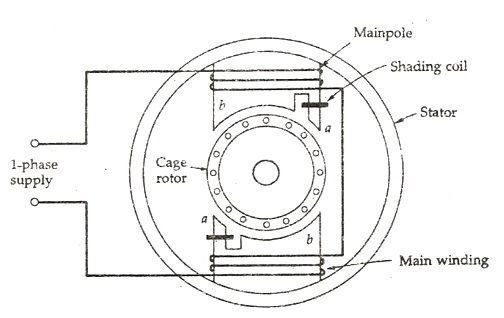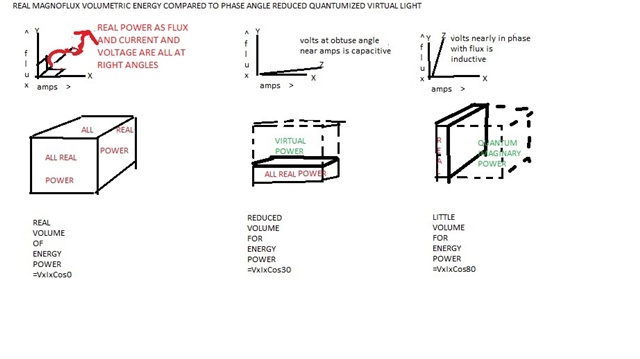I purely by chance read something on quora digest that electricity isn't the flow of electrons but photons that are ejected from free electrons then re absorbed by another free electron this process makes them vibrate and move forward a fraction of an inch. Now I know there was a discussion about this on here a while back so what was the final conclussion. I know its a tough subject ide like to get my head round it of course its made harder because I can't understand the maths.


